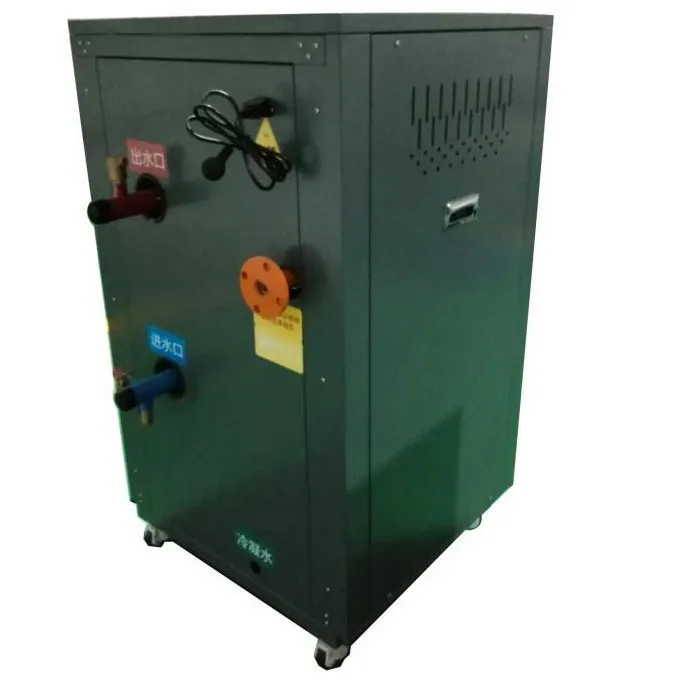- Afrikaans
- Albanian
- Amharic
- Arabic
- Armenian
- Azerbaijani
- Basque
- Belarusian
- Bengali
- Bosnian
- Bulgarian
- Catalan
- Cebuano
- China
- China (Taiwan)
- Corsican
- Croatian
- Czech
- Danish
- Dutch
- English
- Esperanto
- Estonian
- Finnish
- French
- Frisian
- Galician
- Georgian
- German
- Greek
- Gujarati
- Haitian Creole
- hausa
- hawaiian
- Hebrew
- Hindi
- Miao
- Hungarian
- Icelandic
- igbo
- Indonesian
- irish
- Italian
- Japanese
- Javanese
- Kannada
- kazakh
- Khmer
- Rwandese
- Korean
- Kurdish
- Kyrgyz
- Lao
- Latin
- Latvian
- Lithuanian
- Luxembourgish
- Macedonian
- Malgashi
- Malay
- Malayalam
- Maltese
- Maori
- Marathi
- Mongolian
- Myanmar
- Nepali
- Norwegian
- Norwegian
- Occitan
- Pashto
- Persian
- Polish
- Portuguese
- Punjabi
- Romanian
- Russian
- Samoan
- Scottish Gaelic
- Serbian
- Sesotho
- Shona
- Sindhi
- Sinhala
- Slovak
- Slovenian
- Somali
- Spanish
- Sundanese
- Swahili
- Swedish
- Tagalog
- Tajik
- Tamil
- Tatar
- Telugu
- Thai
- Turkish
- Turkmen
- Ukrainian
- Urdu
- Uighur
- Uzbek
- Vietnamese
- Welsh
- Bantu
- Yiddish
- Yoruba
- Zulu
Jul . 04, 2024 15:08 Back to list
What are the transformation methods for low-nitrogen combustion of natural gas boilers
What are the transformation methods for low-nitrogen combustion of natural gas boilers
According to the environment and some government requirements, gas boilers will be required to be modified. They can only be used after they meet the pollution emission requirements. What are the specific modification methods of natural gas boilers? I will briefly talk about it today.
Low-nitrogen combustion reformation of natural gas boiler

Natural gas boiler is a kind of gas boiler. It is a boiler product that burns natural gas as fuel. According to the medium, it can be divided into natural gas steam boiler, natural gas hot water boiler, natural gas heat conduction oil furnace, etc.; according to the body type, it can be divided into vertical natural gas Boilers and horizontal natural gas boilers; according to pressure can be divided into natural gas pressure boilers and natural gas atmospheric boilers; according to the nitrogen oxide content standards can be divided into ordinary natural gas boilers, low nitrogen natural gas boilers and ultra-low nitrogen natural gas boilers.
Natural gas boiler is currently the mainstream product of boilers and one of the most used fuels after coal-fired boilers. It occupies an important position in boilers and is also the primary choice for people to choose boiler fuel. However, with the further strengthening of environmental policies, traditional natural gas boilers can no longer meet the atmospheric pollution standards due to the nitrogen oxide content standards in boiler exhaust emissions, so ordinary natural gas boilers need to be modified to reduce the nitrogen oxide content. Nitrogen transformation method.
COMMERCIAL PURPOSE FULLY PREMIXED SMALL SIZE LOW NITROGEN CONDENSING FLOOR-STANDING GAS-FIRED BOILER
Ways of low-nitrogen transformation of natural gas boilers:
There are two ways to transform natural gas boilers with low nitrogen, one is to replace the boiler burner, and the other is to replace the whole with a low-nitrogen gas boiler. Generally speaking, when a small natural gas boiler is undergoing low-nitrogen transformation, only the burner needs to be modified. The main body of the boiler does not need to be replaced, only the original ordinary gas burner needs to be replaced with a low-nitrogen burner. The low-nitrogen transformation method is also relatively common at present, and it is the mainstream method for the transformation of ordinary gas-fired boilers. Another type of overall boiler replacement refers to the treatment of the original boiler steam, without the need to renovate it, and the need to purchase new environmentally friendly low-nitrogen gas boiler products. This type of renovation mostly refers to large boilers, and its cost is relative to burner renovation. Much bigger.
Standards for low-nitrogen transformation of natural gas boilers:
When ordinary natural gas boilers are burning, the nitrogen oxide content in the exhaust gas of the boiler is higher than 150mg per cubic meter, which does not meet the pollution standards, while the nitrogen oxide content of low-nitrogen natural gas boilers per cubic meter is before 80mg-150mg per cubic meter, and the nitrogen oxide content per cubic meter is less than 30mg Is an ultra-low nitrogen natural gas boiler. At present, the low-nitrogen transformation of natural gas boilers is being carried out nationwide. Different regions have different standards for the oxide content. For example, in Beijing, the standard for boiler exhaust emissions must be less than 30 mg per cubic meter.
Advantages of low-nitrogen retrofit of natural gas boiler:
1. Clean and environmentally friendly
There are two major advantages to the low-nitrogen transformation of natural gas boilers. One of them is to reduce the emission of nitrogen oxide content, which is conducive to environmental optimization. It is a general trend to transform natural gas boilers into environmentally friendly boiler products.
2. Reduce operating costs
Another advantage of the low-nitrogen retrofit of a natural gas boiler is to reduce the operating cost of the boiler. It can further improve the thermal efficiency of the boiler, and its thermal efficiency can be as high as 92%. The improvement of thermal efficiency can not only shorten the working time but also reduce the operating cost of the boiler.
-
8mm Thin-Walled Cast Steel Manhole Cover Pallet Bottom Ring | Durable
NewsAug.04,2025
-
Premium Cast Iron Water Main Pipe: Durable, Corrosion-Resistant
NewsAug.03,2025
-
Durable Cast Iron Water Mains | AI-Optimized Systems
NewsAug.02,2025
-
High-Efficiency Propane Boiler for Baseboard Heat | Save Energy
NewsAug.01,2025
-
Premium Source Suppliers for Various Gray Iron Castings
NewsJul.31,2025
-
Durable Cast Iron Water Main Pipes | Long-Lasting
NewsJul.31,2025



